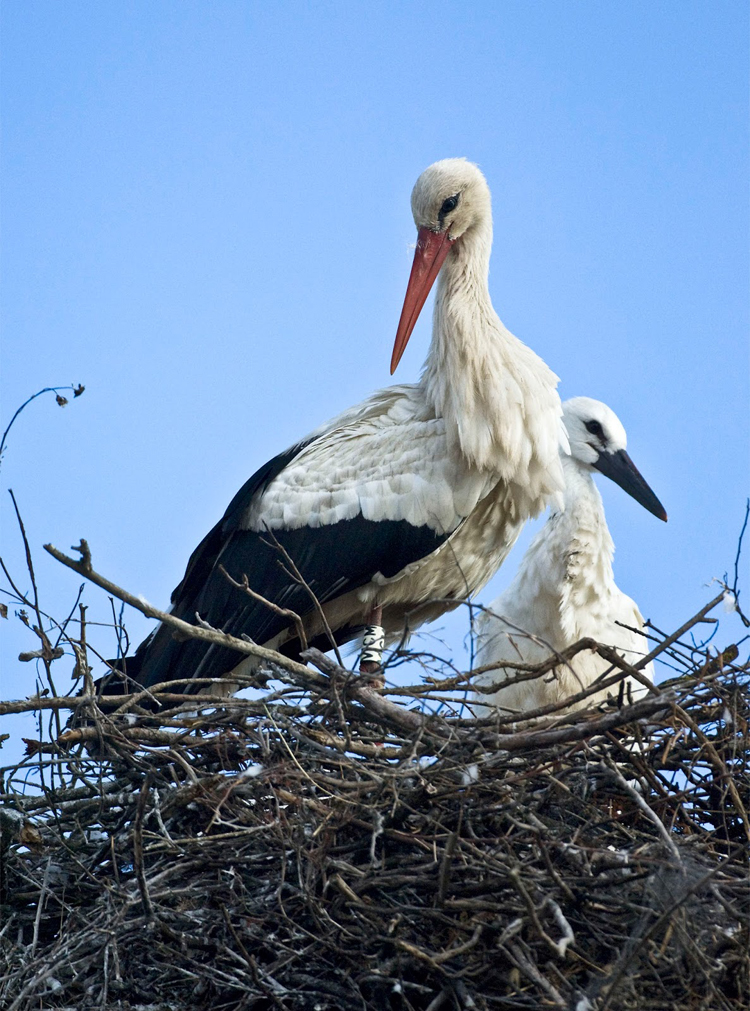The present study uses bird eggs of seven wild species as a biomonitoring tool for sunscreens occurrence. Seven UV filters (UV-Fs), including 3 hydroxy-metabolites of oxybenzone (benzophenone 3, BP3) were characterized in unhatched eggs from Doñana Natural Space (Spain). High frequency of detection was observed for all UV-Fs, ranging from 95% to 100%. The oxybenzone metabolite 4-hydroxybenzophenone (4HB) was ubiquitous at concentrations in the range 12.0-3348 ng g-1 dry weight (dw). The parent compound, oxybenzone, was also present in all samples at lower concentrations (16.9-49.3 ng g-1 dw). Due to the three BP3's metabolites, benzophenone 1 (BP1), 4HB, and 4,4'-dihydroxybenzophenone (4DHB) presence in unhatched eggs, it can be inferred that parent compounds are absorbed into the bird through the upper gut and the OH-derivatives formed are transferred by the mother to the egg before the lying. White stork (Ciconia ciconia) and western marsh harrier (Circus aeruginosus) were the most contaminated species, with mean total UV-Fs concentrations of 834 and 985 ng g-1 dw, respectively. Results evidenced that biomagnification process across the bird species studied cannot be ruled out. informacion[at]ebd.csic.es: Molins-Delgado et al (2017) A potential new threat to wild life: presence of UV filters in bird eggs from a preserved area. Environ Sci Technol DOI: 10.1021/acs.est.7b03300
https://www.ncbi.nlm.nih.gov/pubmed/28870065








 Un estudio analiza la distribución de los mosquitos transmisores de la malaria en España
Un estudio analiza la distribución de los mosquitos transmisores de la malaria en España


